When is the best time to Plant Pond Lilies?
The best time to plant pond lilies is early spring. Ensure the outside temperature is above 15° C for Hardy Lilies / 21° Celsius for Tropical Lilies and the area of your pond receives high levels of sunlight.
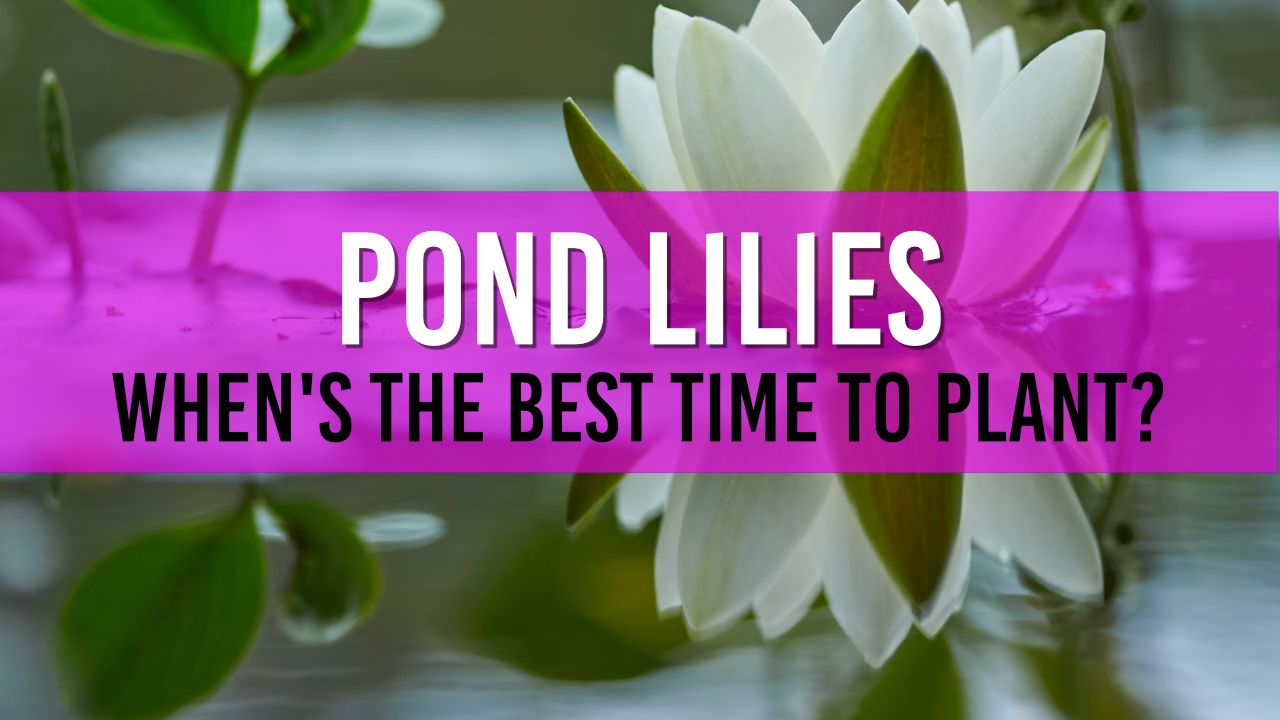
Table of Contents
If you’re thinking about adding lilies to your pond, you may be wondering when the best time is to plant them. The answer depends on a few factors, including the type of lily you want to grow and the climate in your area. In this article, we’ll cover the best times to plant lilies in your pond and offer some tips for getting them established.
Hardy Water Lilies
Hardy water lilies are a popular choice for pond owners because they can survive in colder temperatures. If you want to plant hardy water lilies in your pond, the best time to do so is in the spring, once the water temperature has warmed up to at least 15.5° Celsius.
This usually happens in late April or early May, but the exact timing may vary depending on where you live. Planting at this time allows the lilies to establish themselves before the hot summer months arrive.
Example Hardy Lily Plants

Nymphaea ‘Attraction’
This lily has large, bright red flowers and dark green leaves. It blooms all summer and is very hardy.
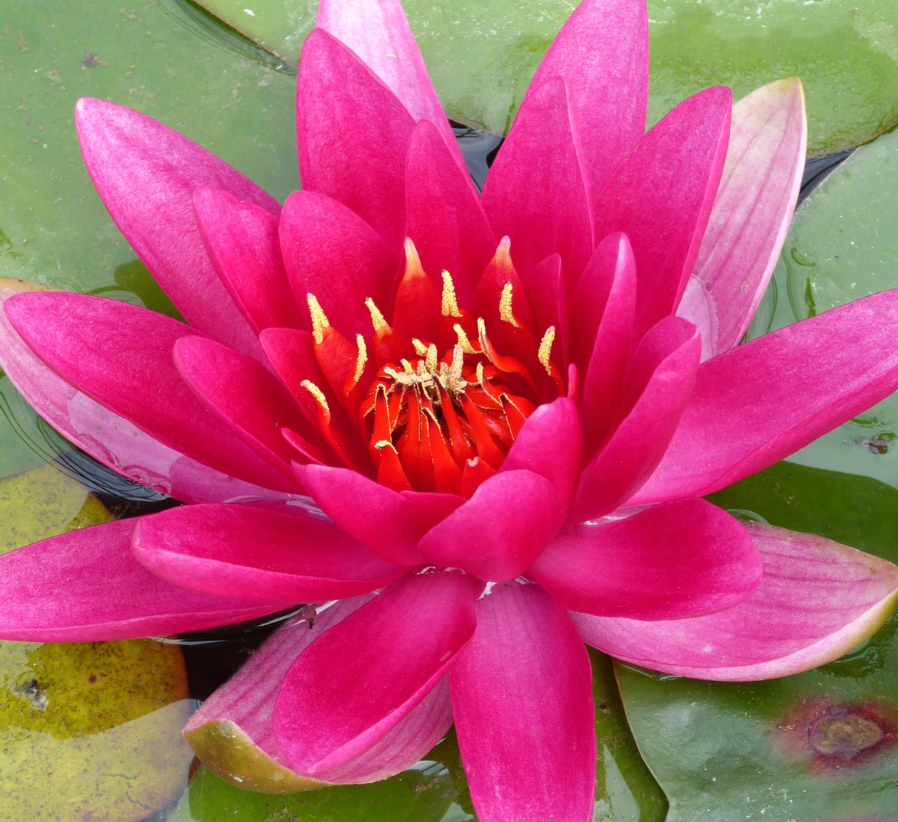
Nymphaea ‘James Brydon’
This lily has vibrant red flowers with yellow stamens and green leaves. It’s a reliable bloomer and very hardy.

Nymphaea ‘Chromatella’
Also known as the ‘Yellow Water Lily’, this lily has large, fragrant yellow flowers and green leaves. It’s a classic and very hardy variety.
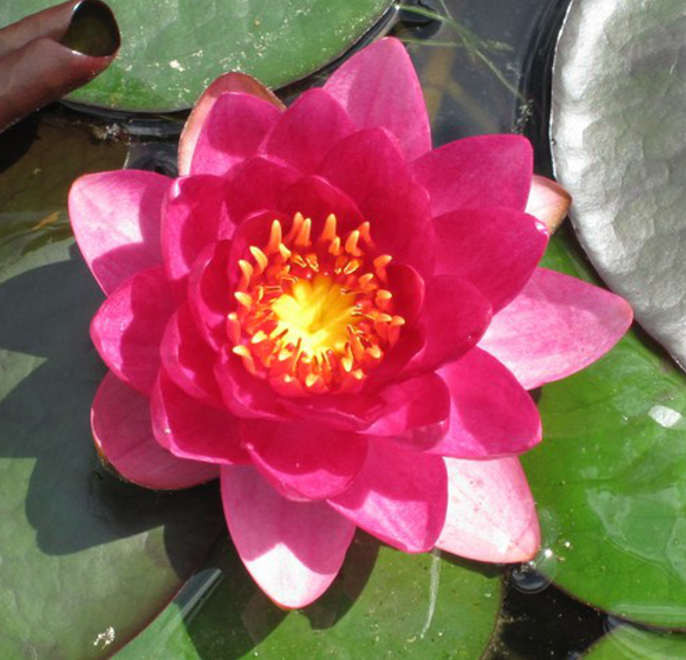
Nymphaea ‘Perry’s Baby Red’
This lily has small, bright red flowers and dark green leaves. It’s a prolific bloomer and very hardy.
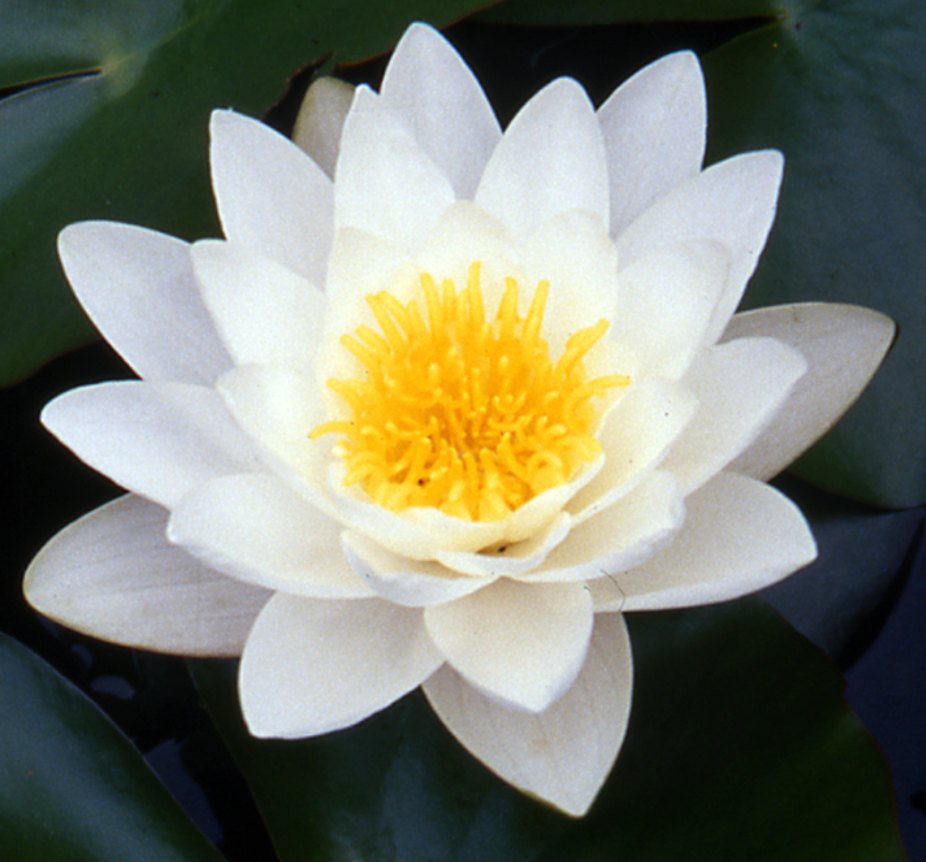
Nymphaea ‘Marliacea Albida’
This lily has white flowers with yellow centers and green leaves. It’s a very hardy and reliable bloomer.
Tropical Water Lilies
If you prefer tropical water lilies, the planting timing will be a bit different. Tropical lilies require warmer water and won’t survive in colder temperatures. It’s best to wait until the water temperature is consistently above least 21° Celsius, which usually happens in mid to late spring or early summer, depending on your location.
Example Tropical Lilies

Nymphaea ‘Gonnère’
This lily has large, pink flowers and green leaves with red spots. It blooms all summer and is a reliable performer

Nymphaea ‘Joey Tomocik’
This lily has deep pink, almost red flowers and green leaves. It’s a prolific bloomer and does well in warm water.
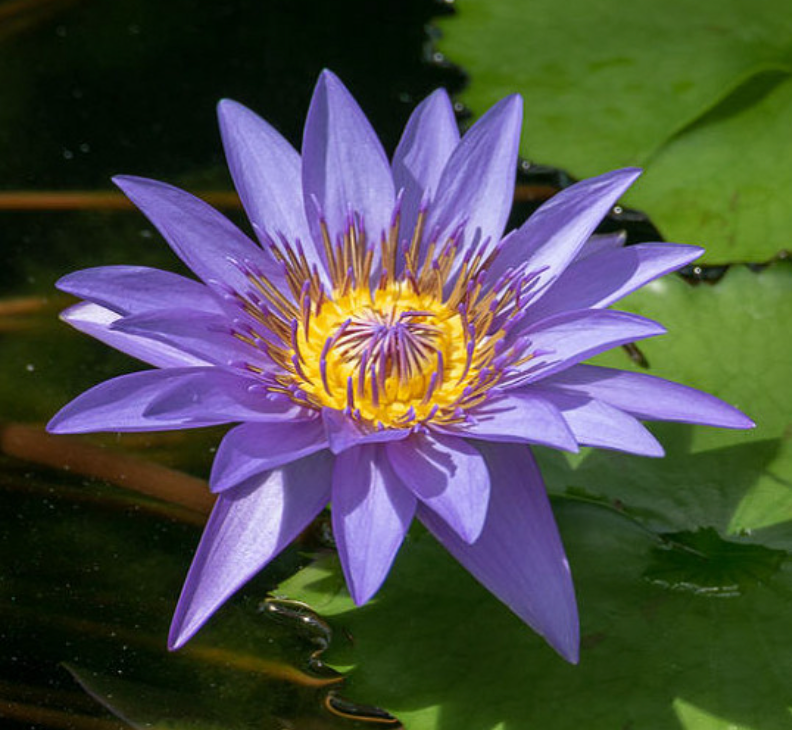
Nymphaea ‘Director Moore’
This lily has bright yellow flowers with red stamens and green leaves. It blooms all summer and is very showy.

Nymphaea ‘Islamorada’
This lily has vibrant purple-pink flowers and green leaves. It’s a strong grower and can tolerate some shade.

Nymphaea ‘Queen of Siam’
This lily has large, fuchsia-pink flowers and green leaves. It’s a standout in any pond and blooms all summer.
Preparing Your Pond for Pond Lilies

No matter what type of lily you plan to grow, it’s important to make sure your pond is properly prepared before planting. This includes ensuring the water is free of debris and chemicals, providing enough sunlight for the lilies to thrive, and using a suitable planting container or substrate. Here are some tips for getting your pond ready for lilies:
- Clean the pond: Remove any debris or dead plant material from the pond to create a clean environment for the lilies to grow.
- Check the water quality: Test the water to make sure it’s balanced and free of harmful chemicals or pollutants.
- Choose a sunny spot in your pond: Lilies need plenty of sunlight to grow, so make sure you choose a spot in your pond that gets at least six hours of sunlight per day.
- Use a suitable container: Planting containers keep the lilies contained and make it easier to remove them for maintenance. Use a container specifically designed for water plants and fill it with aquatic soil or gravel.
- Add fertilizer: Once your lilies are established, you can add fish safe fertilizer to help them grow and bloom. Look for a fertilizer specifically designed for water plants and follow the instructions carefully.
Conclusion
Planting lilies in your pond can add beauty and color to your outdoor space. By choosing the right type of lily and planting at the right time, you can ensure that your lilies thrive and create a stunning display. With a little preparation and care, you can enjoy your lilies for years to come.

